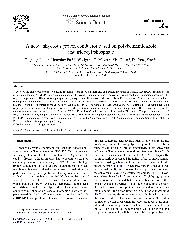摘要
Most of the anhydrous proton conducting membranes are based on inorganic or partially inorganic materials, like SrCeO3 membranes or polybenzimidazole (PBI)/H3PO4 composite membranes. In present work, a new kind of anhydrous proton conducting membrane based on fully organic components of PBI and tridecyl phosphate (TP) was prepared. The interaction between PBI and TP is discussed. The temperature dependence of the proton conductivity of the composite membranes can be modeled by an Arrhenius relation. Thermogravimetric analysis (TGA) illustrates that these composite membranes are chemically stable up to 145 degrees C. The weight loss appearing at 145 degrees C is attributed to the selfconclensation of phosphate, which results in the proton conductivity drop of the membranes occurring at the same temperature. The DC conductivity of the composite membranes can reach similar to 10(-4) S/cm for PBI/1.8TP at 140 degrees C and increases with increasing TP content. The proton conductivity of PBI/TP and PBI/H3PO4 composite membranes is compared. The former have higher proton conductivity, however, the proton conductivity of the PBI/H3PO4 membranes increases with temperature more significantly. Compared with PBI/H3PO4 membranes, the migration stability of TP in PBI/TP membranes is improved significantly.
- 出版日期2008-5-20
- 单位同济大学
